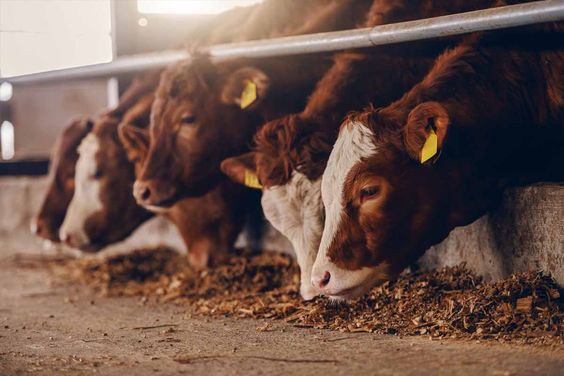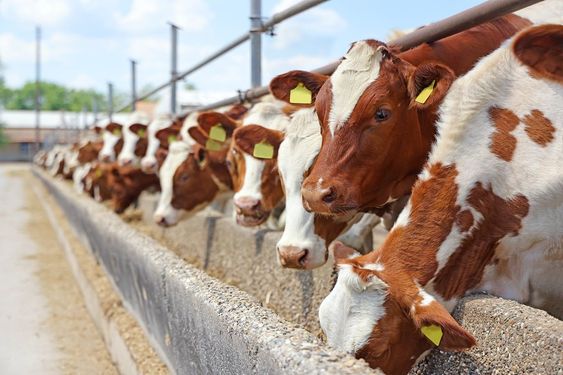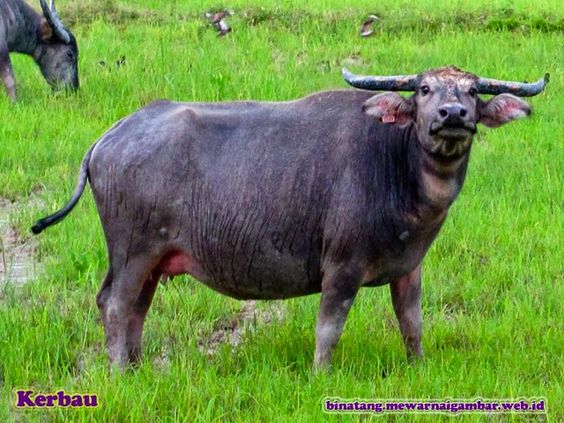Supercharge Your Cattle Production Efficiency: Achieve Peak Performance with Minimal Input
Cattle Production Efficiency plays a vital role in global food security, providing meat and milk for billions of people. However, with a growing population and increasing pressure on resources, optimizing cattle production efficiency is crucial. This article explores the concept of cattle production efficiency, its key metrics, and strategies for improvement.
What is Cattle Production Efficiency?
Cattle production efficiency refers to the ability to produce the desired output (meat, milk) with minimal input (feed, labor, resources). It encompasses various aspects of cattle management, from breeding and nutrition to animal health and environmental impact. A highly efficient cattle operation produces more output per unit of input, leading to increased profitability and sustainability.
Key Metrics of Cattle Production Efficiency
Several key metrics can be used to assess cattle production efficiency. Here are some of the most important ones:
- Feed Conversion Ratio (FCR): This measures the amount of feed required to produce one unit of live weight gain or milk. A lower FCR indicates better feed efficiency.
- Average Daily Gain (ADG): This metric tracks the daily weight gain of cattle. Higher ADG signifies animals are converting feed into muscle more efficiently.
- Reproductive Performance: Measures like calving rate (percentage of cows calving within a breeding season) and weaning weight of calves play a crucial role in overall efficiency.
- Mortality Rate: Lower mortality rates throughout the production cycle contribute to efficient cattle production.
- Resource Utilization: This includes factors like water usage, land use per animal, and labor efficiency per unit of output.
Strategies to Enhance Cattle Production Efficiency
There are numerous strategies that cattle producers can implement to improve efficiency across various aspects of their operations.
- Genetic Selection: Utilizing selective breeding programs that focus on traits like faster growth rates, improved feed conversion, and higher milk yield can significantly enhance efficiency. Advancements in genetic technologies like genomic selection offer even greater precision in identifying desirable traits.
- Nutrition Management: Providing cattle with a balanced diet that meets their specific nutritional requirements at different life stages is essential. This includes utilizing high-quality forages, formulating appropriate concentrate mixes, and ensuring proper feed delivery and management practices. Research on optimizing feed rations and incorporating feed additives that improve digestibility can further enhance efficiency.
- Animal Health Management: Implementing effective disease prevention and control programs, including vaccination protocols and parasite control measures, contributes significantly to maintaining herd health and preventing production losses. Early detection and treatment of illnesses minimize the impact on growth and productivity.
- Reproductive Management: Implementing practices like synchronized estrus cycles, artificial insemination with high-quality semen, and proper bull management can optimize calving rates, reduce calving intervals, and ensure a more consistent flow of offspring into the production system.
- Farm Management Practices: Utilizing efficient housing systems that promote animal welfare and minimize stress, proper manure management to reduce environmental impact, and adopting sustainable grazing practices are all crucial elements of efficient cattle production.
- Technology Integration: Precision technologies like wearable sensors and data analytics tools can provide valuable insights into individual animal performance, feed intake, and health status. This data-driven approach allows for informed decision-making and targeted interventions for better herd management.
Sustainability and Cattle Production Efficiency
The concept of cattle production efficiency is increasingly intertwined with sustainability. Efficient operations not only contribute to increased profitability but also help minimize environmental impact. Lower feed consumption reduces the need for land dedicated to feed production, and improved manure management practices lessen environmental pollution. Additionally, efficient production systems require fewer resources overall, contributing to a more sustainable food chain.
Challenges and Considerations
While numerous strategies can enhance Cattle Production Efficiency, certain challenges need to be addressed. The initial investment in implementing some technologies or genetic improvement programs might be high. Striking a balance between production efficiency and animal welfare is crucial. Additionally, factors like fluctuating market prices and varying environmental conditions need to be considered when designing efficiency improvement strategies.
Cattle Production Efficiency is a multifaceted concept that encompasses various aspects of cattle management. By focusing on key metrics, implementing best practices, and strategically utilizing available technologies, cattle producers can achieve higher output with minimal input. This approach not only leads to increased profitability but also contributes to a more sustainable and environmentally friendly food production system. As the global demand for animal protein continues to rise, optimizing cattle production efficiency will be critical in ensuring a secure and sustainable future food supply.






